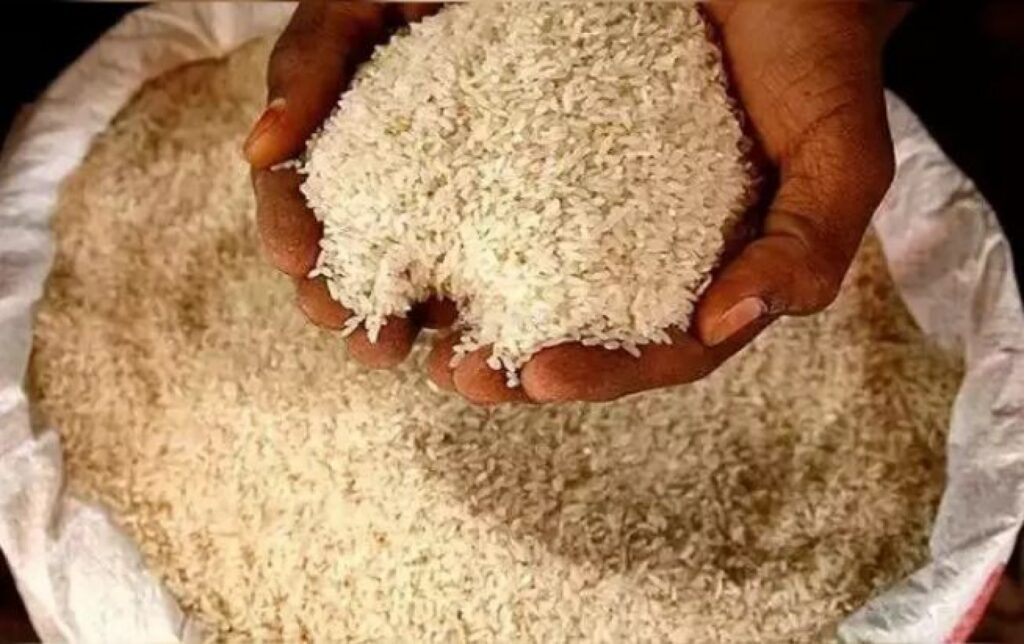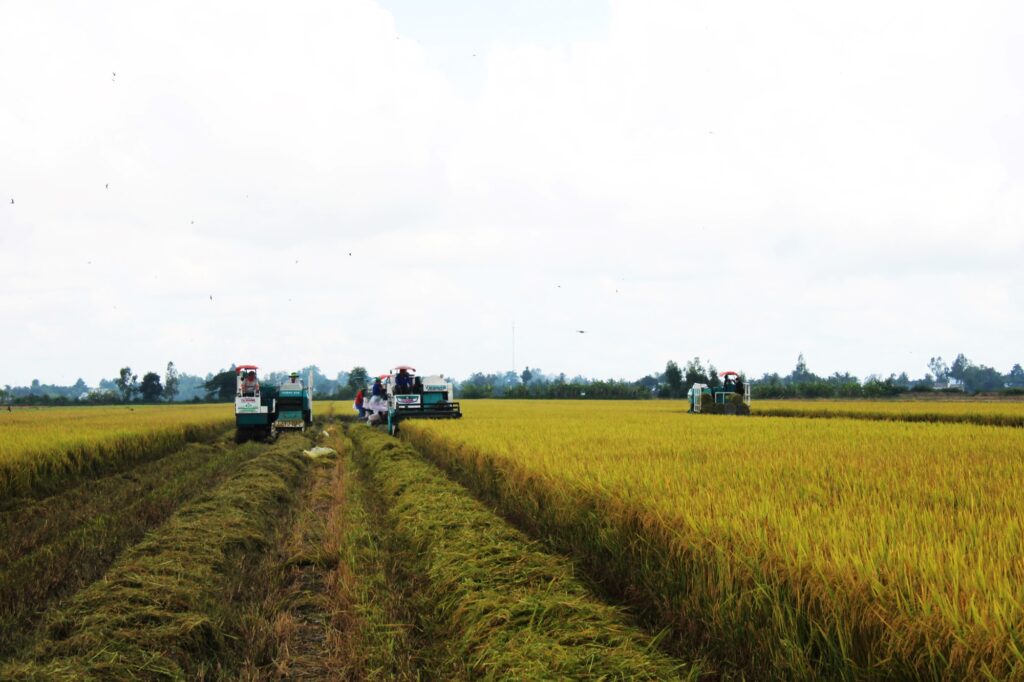Food & Climate
A recent ISEAS Southeast Asia Climate Outlook Survey (SEACO2024), has found that almost a third of the respondents indicated they are “very concerned” that climate change will affect their access to affordable food.
Recent severe weather events in Southeast Asia such as floods, temperature spikes, and drought reinforce the reality that ASEAN’s agriculture environment has become more volatile and uncertain, according a report seen by “Food & Climate” platform.
Agriculture suffers from the impacts of climate change and at the same time is also a major cause of climate change.
Agriculture reportedly accounts for up to a third of all greenhouse gas (GHG) emissions responsible for global warming, especially from crop production, land clearing (deforestation) for agriculture, and livestock.
The potent GHG, methane, is emitted by livestock rearing (like cattle) and rice growing where flooded paddy fields allow certain bacteria to decay organic matter into methane.
Access to affordable food
Within ASEAN, discussion of climate change’s impact on agriculture, access to affordable food, and food security inevitably has to consider the overall food supply-demand situation and also the import dependency of the region in specific food items.
Adverse weather would reduce the production of rice, seafood, and vegetable oil and impact their supply not only for ASEAN Member States (AMS) but also for extra-ASEAN countries, such as India which heavily imports palm oil from the region.
However, ASEAN imports much soybean, maize, wheat, and beef, hence inclement weather in these commodities’ main export countries will mean supply shortages to ASEAN.
The ensuing price hikes will have flow-through effects on other industries that depend on them, such as poultry production which uses soybean for feed, which weakens the access to affordable food
ASEAN countries have started to implement both climate mitigation and adaptation measures, albeit in a haphazard manner, leaving policy-setting and execution to individual countries’ capabilities. However, ASEAN must collectively act to resolve the concurrent climate change challenges in agriculture, such as the impact of adverse weather on food supplies or the sharing of mitigation technologies.
ASEAN countries differ in their food security—generally considered to be the capacity to make available at affordable food prices to meet dietary needs—which is one of agriculture’s key outcomes.
Rice remains the main food security crop for ASEAN. Going forward, any initiative to ensure sustainable food security will have to take into account rice security.

ASEAN countries have started to implement both climate mitigation and adaptation measures, albeit in a haphazard manner, leaving policy-setting and execution to individual countries’ capabilities, according to “Fulcrum” which is published by the ISEAS – Yusof Ishak Institute.
Low emission rice
In this regard, Vietnam is exemplary in setting a clear, measurable target to reduce GHGs through its “One Million Hectare low emission rice” initiative, in which it has pledged to reduce GHG emissions by 30 per cent by 2030, by targeting rice production with methane reduction through cultivation practices.
Vietnam is incorporating the rice initiative into its Nationally Determined Contribution (NDC). An expansion of Vietnam’s initiative to other ASEAN rice-producing countries would be an important step in the right direction to fight global warming.
Within ASEAN, many existing mechanisms facilitate anticipatory action on climate change. In addition to these mechanisms and guidelines, the umbrella guide for regional collaboration in ASEAN has been the “Vision and Strategic Plan of Action on Food, Agriculture and Forestry, 2016-2025”.
Collective action can also be bolstered by contributions from national initiatives in AMS, such as Singapore’s Centre for Climate Research Singapore (CCRS), which has offered to share regional climate data with other AMS to help predict climate impact on agricultural land use and food production.

The private sector has also invested in climate mitigation and adaptation with business models that seemingly provide benefits to both smallholder farmers and the environment at large. An example is Rice, a rice decarbonisation company set up by an investor group which includes Singapore’s Temasek Holdings, to increase farmer adoption of a suite of farming practices such as “Alternate-Wetting-and-Drying (AWD)” of rice fields, which reportedly can reduce methane emissions by 30-40%.

